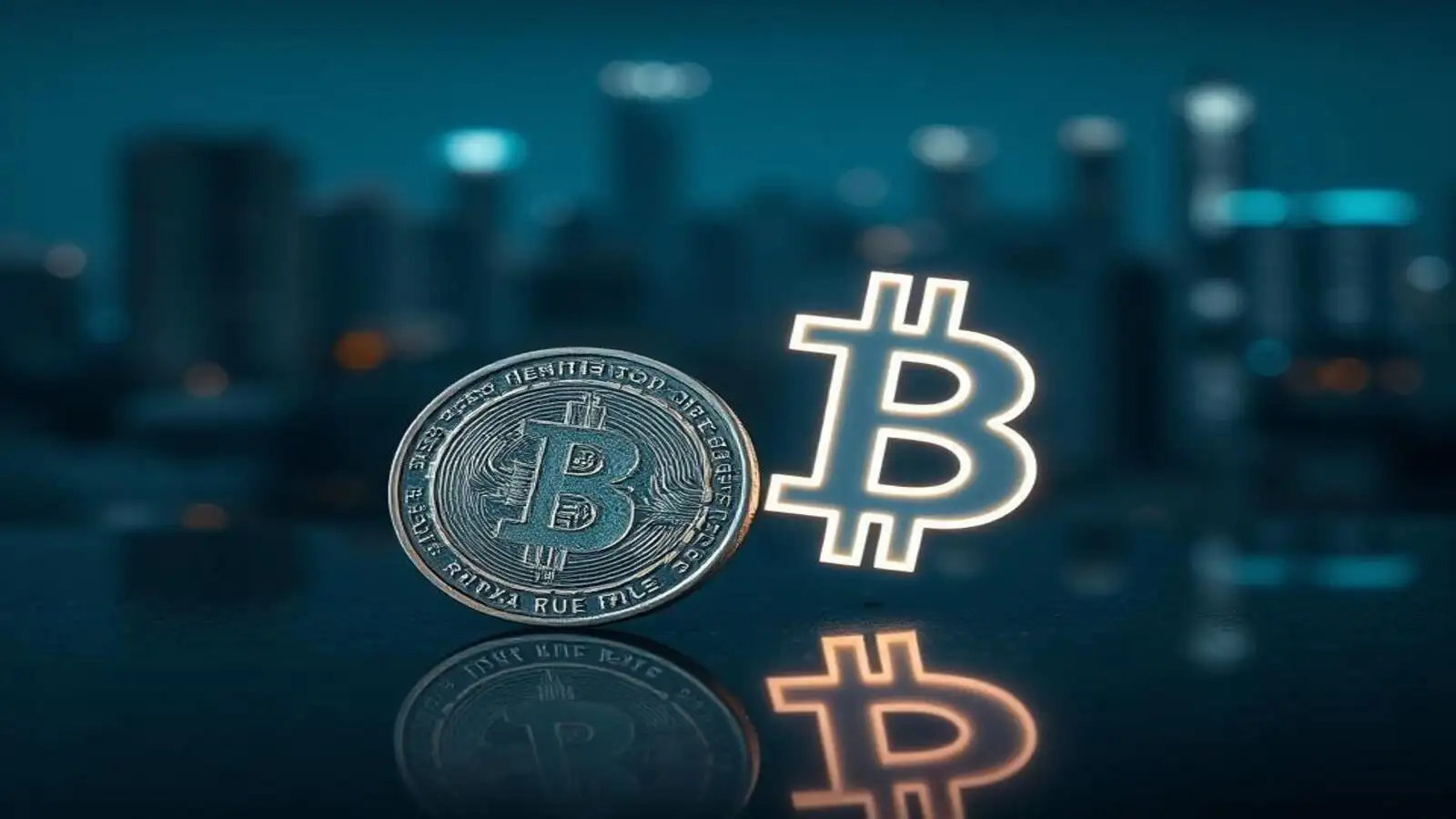Now Reading: CoinDCX Heist Raises Alarm: ₹300 Crore Worth of Crypto Stolen, What It Means for Indian Users
-
01
CoinDCX Heist Raises Alarm: ₹300 Crore Worth of Crypto Stolen, What It Means for Indian Users
CoinDCX Heist Raises Alarm: ₹300 Crore Worth of Crypto Stolen, What It Means for Indian Users

In one of the biggest crypto-related security breaches involving an Indian exchange, CoinDCX has reportedly suffered a massive theft of digital assets worth nearly ₹300 crore. While investigations are ongoing, the incident has left thousands of users confused, concerned, and questioning how safe their investments really are.
What Exactly Happened?
According to initial findings, the heist appears to have involved a breach of a third-party system linked to CoinDCX’s wallet infrastructure. The exchange has neither denied the theft nor given a full breakdown of how it occurred, but sources close to the matter suggest it involved unauthorized access to private keys used for asset storage.
The breach didn’t happen overnight. Suspicious transactions reportedly went unnoticed for days. This has triggered fresh debate around how Indian crypto platforms handle security, user transparency, and incident response.
How Are Users Affected?
For now, CoinDCX has said user funds are “safe,” but no detailed assurance has been shared about compensation, recovery, or service continuity. Many users, especially from Tier 2 cities who started investing small amounts during the crypto boom, are left in the dark.
There’s growing concern about whether the platform will cover the losses or if users might indirectly bear the brunt—either through delays, transaction freezes, or loss of confidence. With Indian investors already navigating complex crypto tax rules and regulatory uncertainty, such incidents only add to the mistrust.
Why This Is a Wake-Up Call
The CoinDCX heist isn’t just a blow to one exchange—it signals a broader issue with how Indian crypto startups are securing user assets. Despite the popularity of platforms like CoinDCX, WazirX, and others, there is no strong consumer protection framework yet in place.
Most Indian users trust these exchanges as if they were banks—but they’re not. Unlike regulated financial institutions, crypto exchanges don’t have a clear liability framework. So if things go wrong, there’s limited legal recourse, especially for small-town users who don’t have easy access to legal support.
What Needs to Change
The CoinDCX breach highlights the urgent need for better regulation, user education, and transparency in India’s crypto space. Until rules around asset storage, wallet management, and cyber accountability are standardised, every investor is at risk.
Users should also start adopting basic precautions—like using personal wallets for long-term holdings, enabling multi-factor authentication, and being cautious about leaving large amounts on exchanges.
Final Thought
The ₹300 crore CoinDCX heist is more than a tech failure—it’s a reality check for India’s growing crypto user base. As crypto adoption spreads deeper into Tier 2 and Tier 3 cities, protecting user trust must become a top priority. For now, caution, awareness, and transparency are the only defences Indian investors can rely on.

























